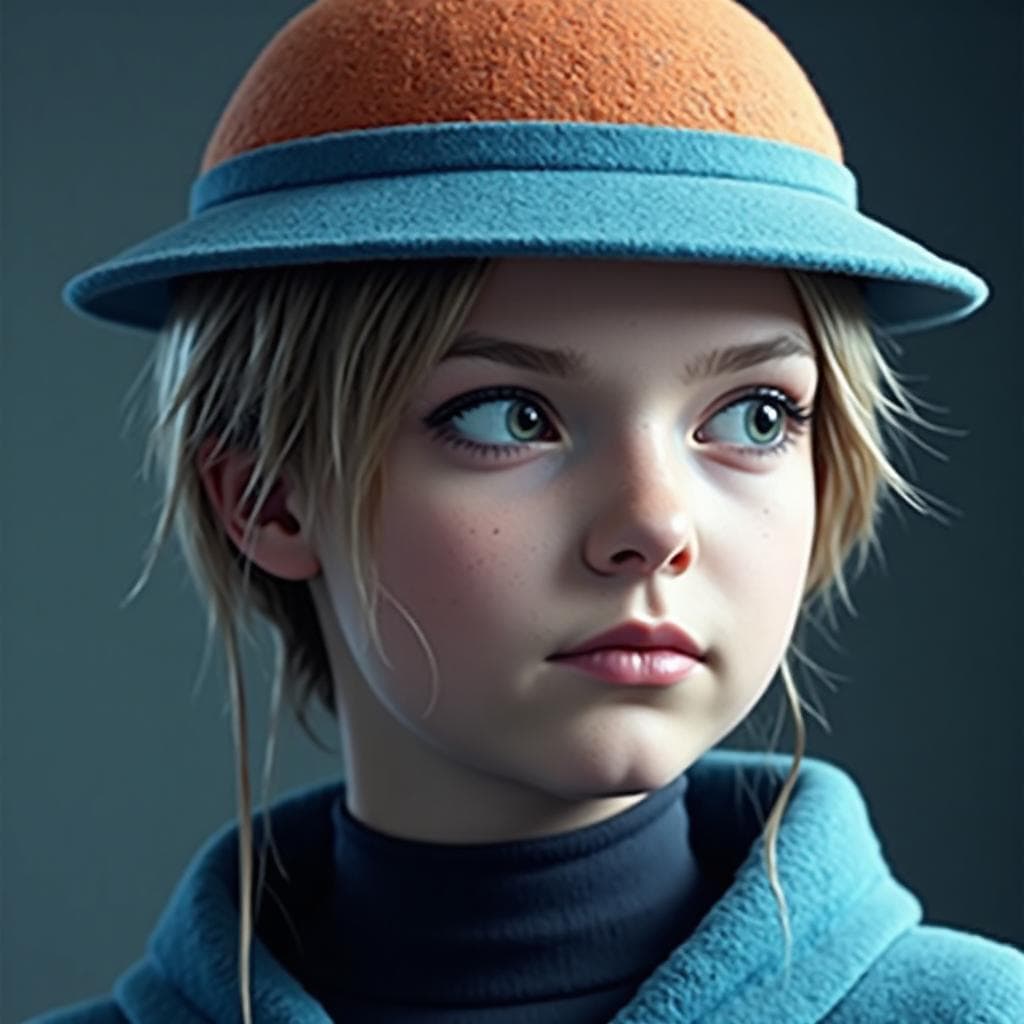Image-to-Video AI: How It Works, Uses & Challenges
VG.AI
AI Image

Image-to-video generation is an emerging field in artificial intelligence that transforms static images into dynamic video sequences. This technology leverages deep learning models to predict motion and generate realistic frames, opening new possibilities in entertainment, marketing, and virtual reality. In this article, we explore how it works, its applications, and the challenges it faces.
How Image-to-Video Generation Works
Image-to-video generation relies on advanced neural networks, such as Generative Adversarial Networks (GANs) or diffusion models, to predict and synthesize motion. These models analyze the input image, infer plausible movements, and generate subsequent frames. Training involves large datasets of videos to learn temporal coherence and realistic transitions. Key techniques include optical flow estimation and frame interpolation to ensure smooth, high-quality outputs.
Applications and Challenges
This technology has diverse applications, from creating animated advertisements to enhancing virtual environments. However, challenges remain, such as maintaining consistency in long sequences and avoiding artifacts. Ethical concerns, like deepfake misuse, also necessitate robust safeguards. Despite these hurdles, ongoing advancements promise to refine image-to-video generation, making it more accessible and reliable for various industries.
Image-to-video generation is a groundbreaking AI innovation with vast potential. By understanding its mechanisms, applications, and limitations, we can harness its capabilities responsibly. As research progresses, this technology will likely become a staple in creative and technical fields, revolutionizing how we animate and interact with visual content.